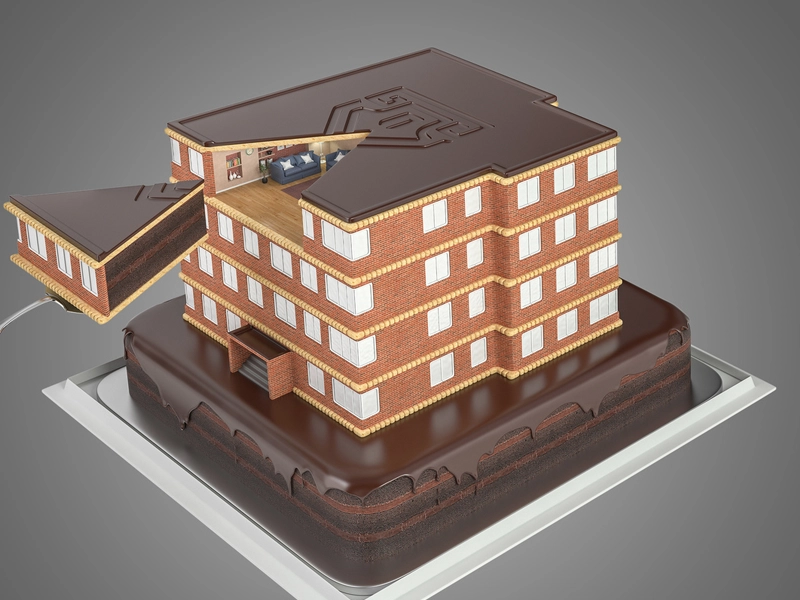
Source IoT
Everyone claims to have a Digital Twin these days, but most have only a few of the components required to make one. This has created a lot of noise in the market so let’s cut through it and take a look at what a true Digital Twin needs.
A Digital Twin is defined as a virtual copy (or model) of any physical entity or environment, both of which are interconnected via the exchange of data in real time. Then, a Digital Twin must mimic the state of its physical twin in real time and vice versa.

I hear “Digital Twin” flagrantly throwing around, especially the Smart Building space.
If we peel back the marketing noise and focus on what really defines a Digital Twin we can break it down into five layers.
- A Virtual Representation
- A Common Data Layer
- Real-Time Data Exchange
- AI or Machine Learning
A Virtual Representation
Data visualization isn’t new, but this is where most DT products seem to focus. This could be something like a BIM model used in construction. It’s a virtual representation of the building but nothing else. BIM is still a valuable tool and could be used to interact with the data in a fully constructed digital twin, but it is not a Digital Twin on its own.
A Common Data Layer
This data layer is the foundation of a Digital Twin and the most overlooked component. A digital twin is 100% data-driven, and that data comes from multiple sources. Multiple sources mean multiple formats, vendors, and protocols. That data needs to be refined, enriched, and normalized before the rest of the model can sense of it. This includes defining a data ontology that can be used across data layers.
Real-Time Data Exchange
Sending CSV files through to a parser to push data may have worked 10 years ago, but not with today’s requirements. Real-time data exchange can be accomplished with a properly configured Data Layer using an open standard like IAP that relies on MQTT and similar transport protocols. That allows for large amounts of data to be streamed in real-time to any cloud environment. Remember, this is a two-way exchange of data which becomes important in the next section.
AI and Machine Learning
The goal of a Digital Twin is to create a virtual space that mimics that of a physical one. Each building or environment is unique, and we don’t have the historical data that we need to accurately model a building without first learning about it. The AI and ML components of a Digital Twin can do that by interacting with the building to get an understanding of how it reacts to change. That interaction requires a two-way data exchange. Collecting this data naturally over time could take years, but AI and ML learning algorithms can accelerate that process significantly.
Without these four layers, we can’t have a truly digital representation of a physical space that reacts just like the real thing.
The metaverse already has us walking around in virtual cities and buildings. One day we’ll be designing and commissioning buildings in a completely virtual environment before even breaking ground. It actually may be our children doing that in 20 years. Maybe all the time they spend on video games today will become a skill they use later in life.


